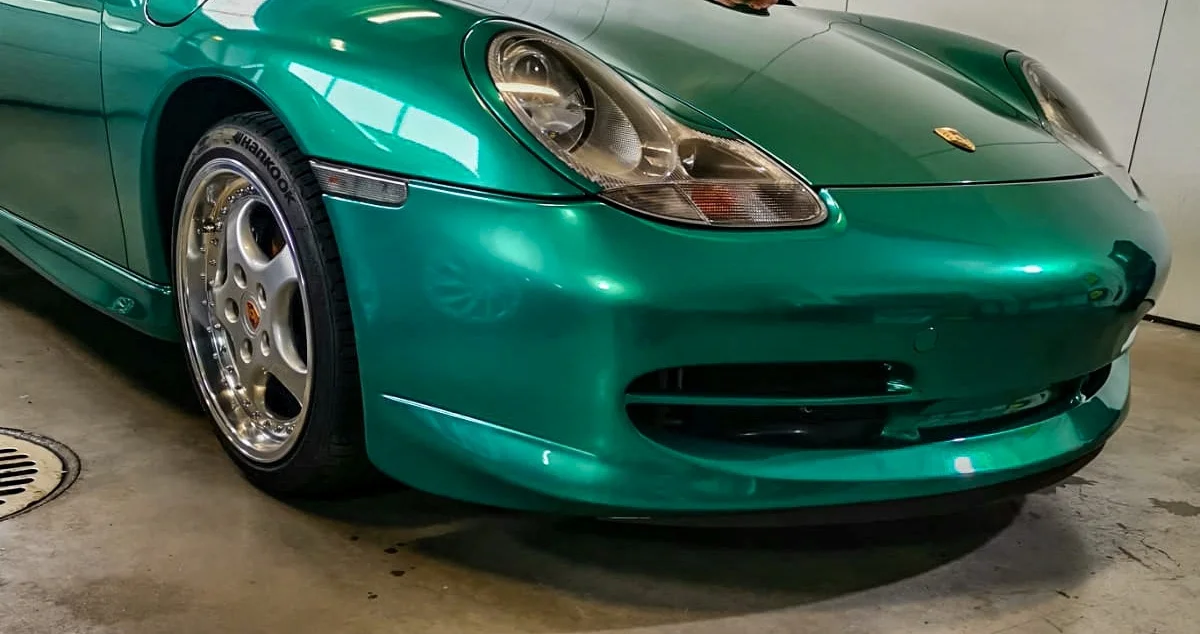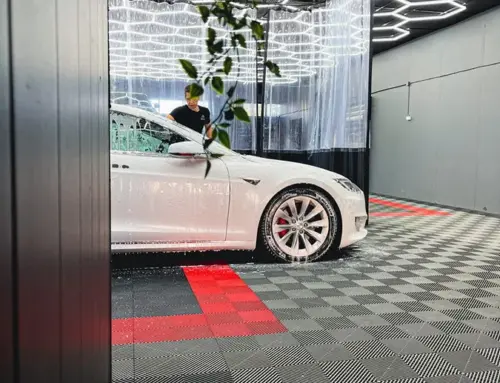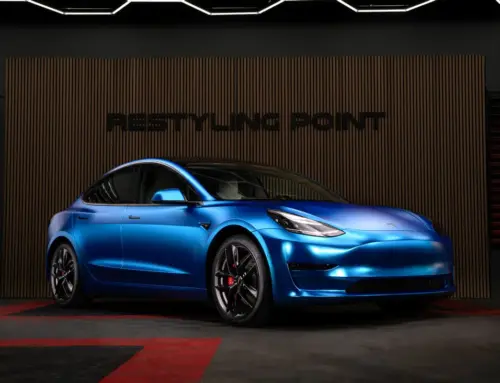Are you skeptical about the suitability of ceramic coating as a product? Does ceramic coating meet your needs? Are you sure about investing your money in ceramic coating? Am I a suitable customer for ceramic coating?
To these and other questions, you’ll find honest facts below.
This post is created to bring uncensored facts to light and help avoid mistakes made by other customers.
Abbreviations used below: ceramic coating = CC
Benefits and Drawbacks of CERAMIC COATING
Yes, you read that right. Everything has its pros and cons, including ceramic coating. We openly discuss them below.
- A durable and high-quality CC costs on average starting from €649. The costs don’t stop there; the coating requires preparatory work, including polishing, even on a new car. Thus, the price jumps a few hundred euros, and on older cars, the total cost goes well over a thousand. Compared to traditional waxing, the coating is even up to six times more expensive, but also more than 10 times more durable. The color of the car affects the cost of the prep work or polishing. For example, black cars are the most labor-intensive and therefore more expensive to work on.
- After the installation of ceramic coating, you can no longer wax your car as a pastime to take your mind off routines. Does dirt stick to the coating, will wax stick to it?
- After the installation of CC, installing paint protection film or wrap is more expensive than usual and includes theoretical risks that would not have arisen if done before applying the ceramic coating.
- CC causes headaches for painters. Most insurance companies do not acknowledge the presence of CC and the costs of its removal in the car repair process. This is a current nuisance for collision repair shops.
CC often penetrates so deeply into the paint surface that before painting, some parts need to be sanded down to the metal, i.e., removing the paint completely down to the bare metal.
- Ceramic coating brings deep shine to the car’s paint and lacquer surface and makes it easier to maintain due to its hydrophobic properties. “Hydrophobic” in chemistry means water-repellent, i.e., a substance or its part that pushes water out from within itself.
Hydrofobinen tarkoittaa kemiassa vettähylkivää, eli ainetta tai sen osaa, jonka vesimassa työntää pois sisältään.

- CC is recommended to be used in maintenance treatments at least once a year
- CC needs to be renewed on average at least every three years, along with preparatory work such as polishing
- CC does not prevent scratches and stone chips
Car Owners and Usage Scenarios Unsuitable for Coating:
- Are you meticulous about the condition of your car?
- Are you frustrated when you see stone chips on the hood?
- Do you notice every wash scratch and dent?
- Do you want your car to always look presentable, as if it was picked up new from the dealership yesterday?
- Do you want your car’s paint to remain new for years, even after over 16 years of daily use?
- Do you brush snow off your car with a snow brush in winter?
- Are you a car enthusiast and collect cars?
- Do you want to maintain your car’s resale value to the maximum and preferably increase it?
If you answered yes to the above, ceramic coating may not suit your needs. Here’s a solution restyling.fi/en/blog/difference-ceramic-coating-and-ppf
Ceramic coating is a liquid chemical applied on top of the car’s paint and wiped off after the drying period. It does not prevent even the smallest stone chip or scratch. Not even a hundred layers of ceramic coating can resist physical stress. Ceramic coating brings visual pleasure to car owners from a distance by adding gloss to the car and making it easier to keep clean.
If you mainly drive over 70 km/h for daily commuting between cities and want your car to remain free of stone chips, ceramic coating may not be the most suitable product for you.

”Smart learns from their mistakes, wise learns from the mistakes of others”
Case New BMW: A customer had ceramic coating applied to their brand-new black BMW SUV at a car dealership and came to us seeking a solution because they were disappointed and frustrated with the promised benefits of ceramic coating. They had read about it in a car wash advertisement, and on-site, they were assured that the coating would prevent scratches and stone chips. This phenomenon often occurs in the car care industry…
Their car was visibly scratched and dulled, with the gloss disappearing due to regular washes.
We openly explained the facts to the customer and offered a better solution that satisfied them. They chose to install PPF film on the entire car.
At this point, the customer incurred an additional cost of €700, but why??
- We had to minimize the risks of the installed film coming off and remove the ceramic coating from the car’s surface by polishing the car as a three-stage polishing process over 2 days (polishing a black car is the most expensive compared to a light-colored car. In the conventional correct sequence of processes, the coating is applied last, after all paint protection films, so there are no additional costs and unnecessary extra steps + risks)
- The customer wanted their car to look like new and wanted all possible scratches removed because they would have remained visible under the transparent protective film
Case New Porsche: The customer had protective film applied to the front and sides of their two-year-old white car, and ceramic coating applied to the rest of the car. They were satisfied with the protection solutions we provided.
When the customer had an itch for a new car, they ordered a brand-new car in a dark blue color. They had never owned a dark-colored car before. (Scratches are more visible on dark-colored cars compared to light-colored ones)
The customer brought their brand-new car directly from the dealership to us at the agreed-upon time. The same solution was applied to the car as with the previous white one: protective film on the front and sides, and ceramic coating on the rest of the car. Because the “menu” was the same as with the previous car, the customer expected the same result.
Before installation, we informed the customer of the differences, benefits, and discrepancies between the two products. We also pointed out the color differences. We handed over the car after our protection processes, and they left satisfied. “Now I can enjoy my new car!” – the customer thought.
Two weeks later, the customer sent a long email expressing surprise and frustration. Their new blue car had already been scratched in areas where there were no protective films. The scratches were visible in certain lighting conditions, in the parking garage, and in the sun.
Despite their experience with the old white car, the customer initially believed we were wrong when we told them that scratches would be more visible on the blue car compared to their previous white one. The belief turned out to be wrong, and our facts proved to be right.
The customer apologized for not believing us initially when we tried to help them make the right choice.
The customer requested polishing of the entire car and protective film installation on the rest of the car.
The car now had the best solution for the customer’s needs, and they are satisfied with the solution even years later.

Case Incorrect Car Washing Method + Bird Droppings:
A customer who had just received their new car had a familiar popular protection package installed, PPF on the front and KP (ceramic coating) elsewhere.
A year later, the customer brought their car in for KP maintenance treatment. After washing the car with a detailing wash process, we noticed lime residues and bird droppings marks all over the car. The car looked quite awful up close. Lime residues occur when the car is not dried after washing and is left in the sun. Tap water contains lime.
Seagull droppings contain dangerous chemical compounds for the paint surface, which can leave marks that may not even be removed by water sanding.
After the detailing wash, we called the customer and explained the situation. We asked how the customer washes their car, how often, where, etc. We explained why lime residues occur. It turned out during the conversation that the car had been left undried a few times in the summer and driven into the sunlight. The cause was found, and we offered a solution (polishing was the only solution at this point).
The customer was surprised that the KP did not protect against lime residues. Due to incorrect car washing methods, avoiding the consequences is not a feature of KP.
It is important to wash the car correctly and perform all washing steps correctly.
Is ceramic coating then worth it?
Short answer: yes. There is a customer base for ceramic coatings, and for many, the coating provides sufficient protection.
The coating should not be considered the only protection product installed in the car, but as an addition, yes.
So?
The genuine and best protection is provided by PPF protective film.
Statistically, 87% of our customers’ cars have PPF protective film on the front + sensitive areas and ceramic coating on the rest of the car.
The coating facilitates cleaning and adds gloss, preventing chemical effects.
We thank you for your reading time. Our motivation is to openly inform people about the genuine features of products.
Quality over Quantity – Restyling Point team
Would you like the work to be done responsibly, on schedule, and with the best value for your money? Ask for a quote from Restyling Point’s professionals, who do this with quality standards, values, and love.
On WhatsApp: +358445050624
Phone: +358445050624
By Email: [email protected]
Restyling Point Oy – Leading in wrapping and protection treatments in the Nordic countries












